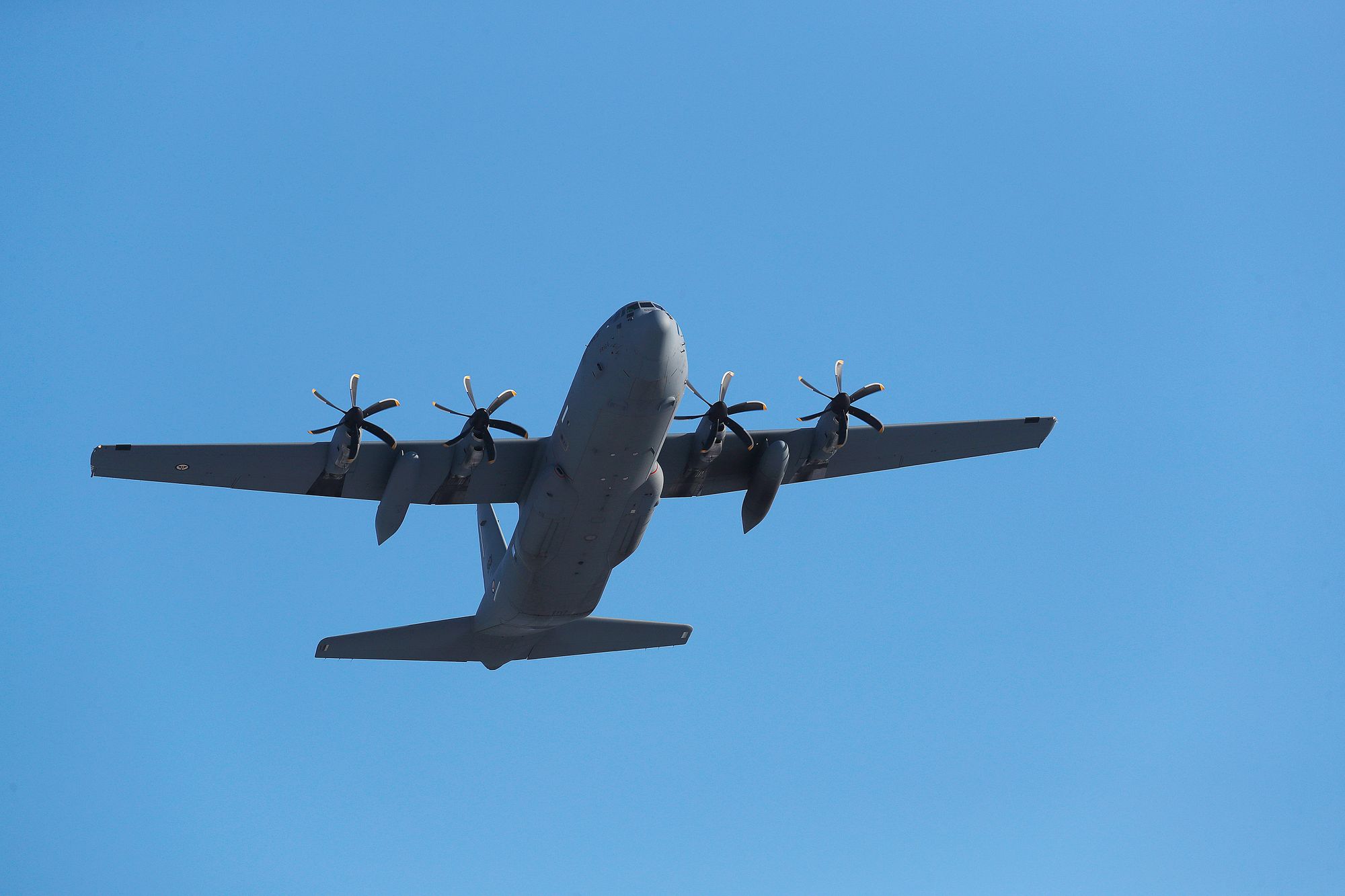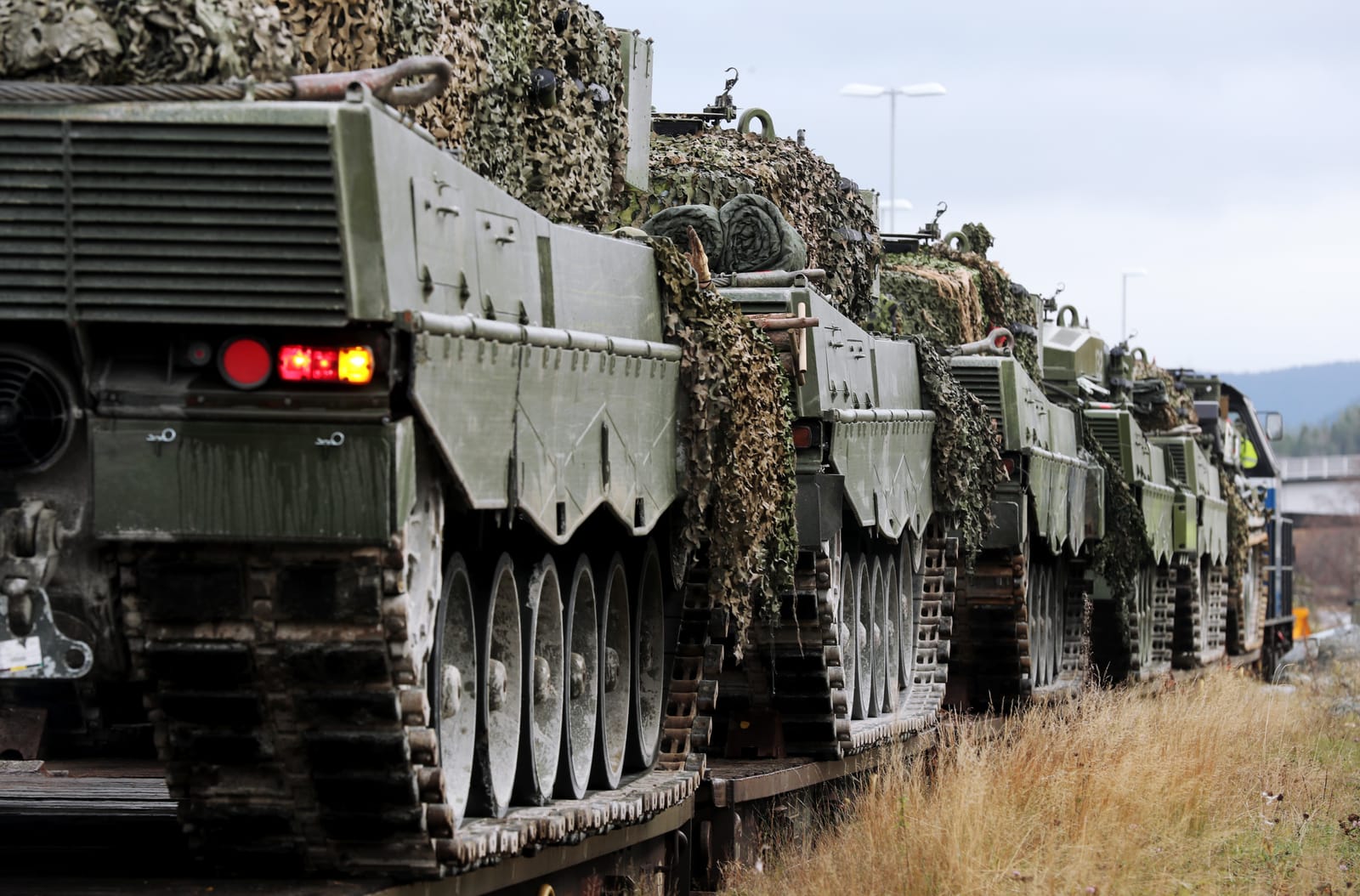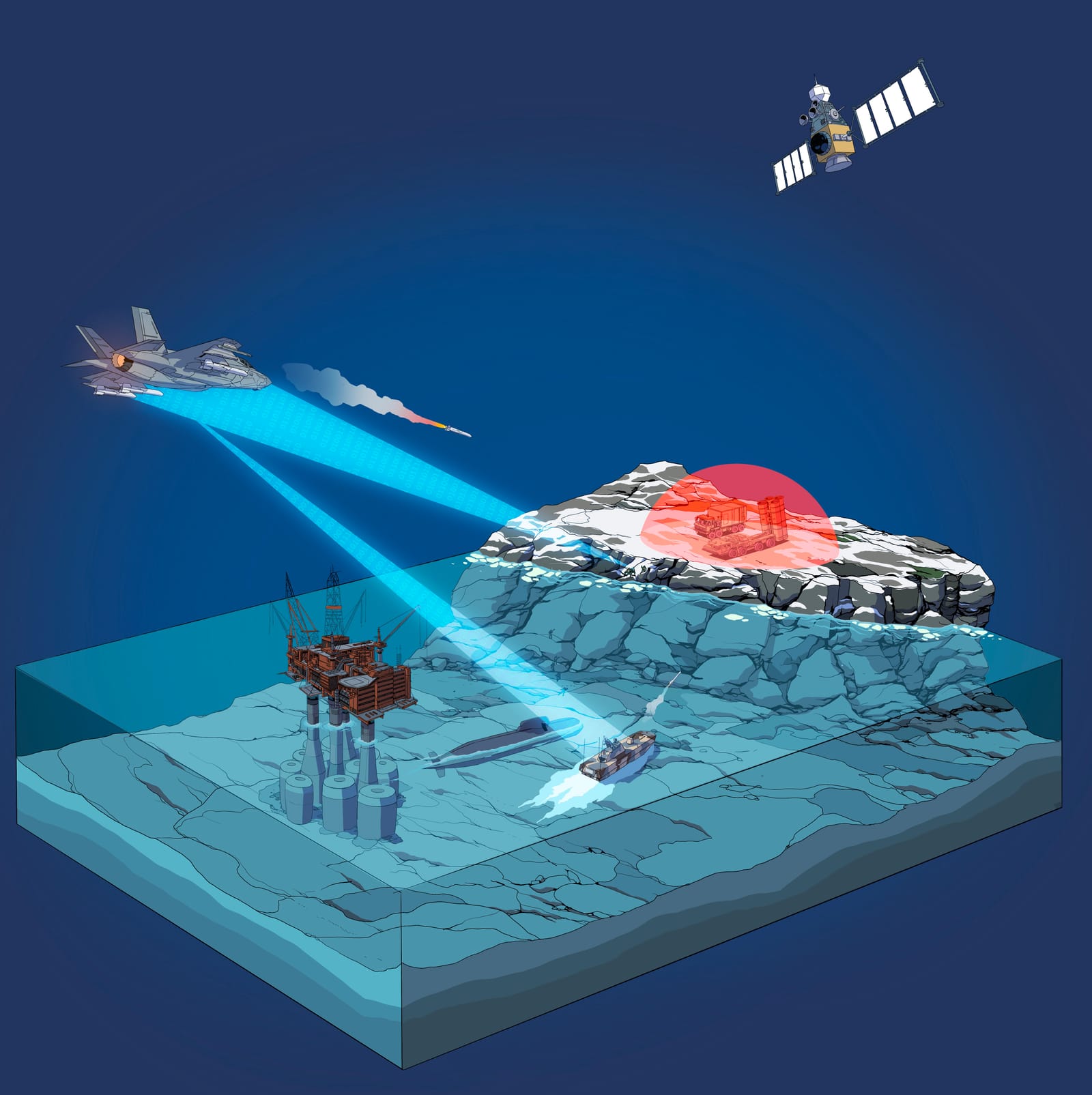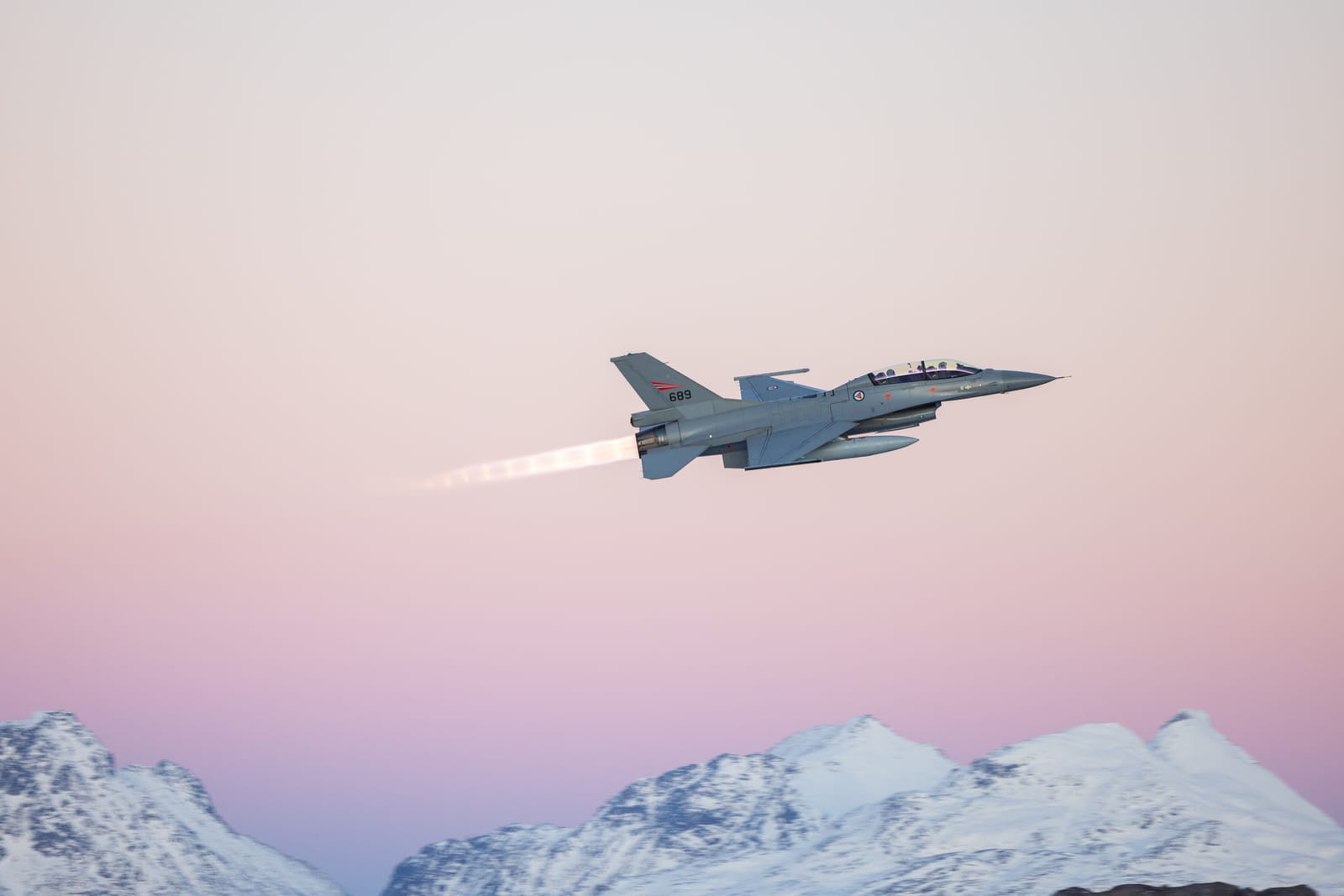With major defence platforms, three factors are interacting to present problems for defence support. First, ‘replacement’ systems, as they become more complex, have long seen their costs rise at a faster rate than defence budgets, meaning that customers tend to buy fewer of them. As two examples, Norway is replacing its fleet of more than 70 F-16s with 52 F-35s. The UK has replaced its 14 Type 42 destroyers with just six Type 45s. The 72 Apache D airframes bought by the UK in are being replaced by 48 of the E model. The long-term impact of rising costs was notably captured by Norman Augustine in the mid-1980s when he observed that, if current trends continued, in 2054 the entire US defence budget would be devoted to the purchase of a single aircraft. So far, he has not had cause to change his view, although it may be that successful exploitation of digital engineering potential could cause the increasing cost curve to flatten.
Second, technological advance is generating novel capabilities that sometimes are bought only in small numbers even by larger NATO states. Surveillance, electronic-intelligence and very large transport aircraft fall into this area: the UK fleet of E-3D AWACS aircraft numbered just four platforms. Its Rivet Joint electronic intelligence fleet comprises three aircraft.
Third the more complex a system the more demanding its support needs tends to be with the F-35 again being a case in point. Even in the US, which suffers least from small fleets, it is recognised that the costs of operating an advanced platform for a decade will exceed its initial purchase costs. The cost of diagnostic and test equipment (likely more than 300 items) may not vary much regardless or whether 12 or 36 aircraft are procured.
In this context, having to operate only small numbers of a platform or a system is usually difficult news.
There are many economies of scale in elements of support, including inventory management, diagnostic and support equipment, support staff sizing and so on, that are unavailable to small scale users. It is thus almost inevitable that support will be more expensive for a small fleet operator than a large one, whether expense is measured in cost per hour of use, annual operating cost or through life cost.
So how might countries that could operate only small fleets of perhaps of the most complex systems best cope? Pay-offs from improvements may not only be financial with increased availability and operational readiness also being significant factors. A starting point is to look at frameworks capturing all aspects of in-service support and then consider efficiency opportunities in as many areas as possible.
MAINTENANCE, REPAIR AND OVERHAUL
At its simplest support involves three basic activities and the small fleet issue presents different challenges. Maintenance involves the identification of already or soon to be problematic parts and their replacement. The size of parts inventories will much influence the likely availability of the system coupled with the provision of diagnostic equipment, skilled labour and infrastructure facilities.
Repair involves making good faulty systems and involves a higher level of knowledge and more equipment than does maintenance/parts replacement. It is not economical to establish repair facilities for many sub-systems of small fleets so that faulty parts need to be shipped overseas. Transport takes time which in turn higher inventories may be felt needed to maintain overall availability.
Overhaul addresses the need to strip down, rebuild and perhaps improve a system. An even more extensive range of knowledge and facilities is needed.
TEPIDOIL AND CAPABILITY GENERATION
Equipment is only ever an element of capability and the UK’s TEPIDOIL categories are perhaps better than the US DOTMLPF[1] arrangement for cost capture. The UK system addresses individual and collective Training, the Equipment itself, the Personnel needed and their attributes, necessary Infrastructure, Doctrine, Organisational arrangements, Information provision and Logistics. For a replacement system, all can be a source of different expense compared with the predecessor, but Training, Infrastructure, Information provision and Logistics are likely to be of particular importance. When an armed force acquires something completely novel, the associated costs will also be new.
INTEGRATED LOGISTICS SUPPORT (ILS)
A third framework digs deeper into what is covered by the Logistics element and again we find that the US and the UK use slightly different check lists. The prime purpose of these lists in not necessarily to enable cost capture but to ensure that everything is provided that is needed to keep the equipment available for use. This paper draws attention just to the UK’s Integrated Logistics Support list which comprises Supply Support, Software Support, Maintenance, Reliability and Maintainability, Manpower and Human Factors, Support & Test Equipment, Technical Documentation, Training & Training Equipment, Packaging, Handling, Storage and Transport, Configuration Control, Facilities, Obsolescence Management & Disposal. As noted above there are economies of scale associated with many of these factors. Focused efforts can be directed at any of the elements in these three frameworks reduce (but not eliminate) the problems of operating small.
INTERNAL MEASURES
In terms of mitigation efforts, some steps may be possible in terms of efforts within a state or which link a user with the original manufacturer. Thus one possibility may be to spread infrastructure costs by locating a platform on a base that it shares with a range of other users? The UK used to operate two bases for its transport aircraft but some years ago opted to focus on one (at Brize Norton) where the airfield facilities are home to the RAF’s Voyager, A-400M, and C-17 fleets. More recently the UK opted to base both its P-8A fleet (nine aircraft) and incoming Wedgetail fleet (five aircraft) at Lossiemouth in northern Scotland. All the RAF’s ISTAR assets are based at RAF Waddington.
Clearly the concentration of platforms in bases presents resilience risks in the event of major war but these are largely judged tolerable. Thus, the UK is in the process of basing all its nuclear submarines (attack and ‘bomber’ boats) at one site in Scotland.
Another step should be scrutiny of the breadth of training, especially for maintainers: rather than just accept the standard workforce size and structure recommended by the OEM, which might involve such people having little to do at some points with a small fleet, would it be better to have a smaller team of more broadly qualified people? In the days when the Royal Navy and the RAF both operated AV8B Harriers, the Navy used a smaller team of (more broadly trained) maintainers than the RAF, albeit because of limited accommodation space on ships.
In all cases, defining the optimum use to be made of the private sector and the Original Equipment Manufacturer (OEM) is significant. The UK, recognising that just asking a company to provide parts on a timely and economical basis does not incentivise it to improve system reliability. In contrast, if a contractor must make specified numbers of a system available at specified times, the more reliable a system is the less work it will have to do. Some countries are reluctant to outsource what are seen as key military logistics functions but obsolescence management, software updates and some other ILS are frequently passed to the private sector. In the training domain, the UK’s privatised Military Flying Training System (and some advanced staff courses) operate on a larger scale than for UK needs alone because they can take in foreign personnel as well.
THE INTERNATIONALISATION OF SUPPORT
Most efforts to minimise the disadvantages of being a small-scale user involve cooperating with other friendly states to increase bargaining power and exploit scale economies. Small scale operators may be able to increase their effective size by working with others.
From the outset and through a programme, a country can opt not to set up and operate its own training arrangements for operators and maintainers but to send them overseas to the country of the OEM where they can use shared facilities and be part of larger classes. This is common practice when an equipment type is first acquired but it can also be a through-life approach.
The purchase of parts for small fleets can be improved, especially for US systems that have been bought by a number of NATO states, by buying through what used to be called the NATO Management & Supply Agency (NAMSA) and is today the NATO Procurement & Supply Agency. While it clearly must charge a fee for its services, it operates on a no-profit/no loss basis and can amalgamate small national orders to secure improved prices for bulk buys. It is can also secure efficiencies in inventory management.
Collaborative as well as international sales projects are moving, albeit with frequent difficulty, into the support/in-service date. The most prominent case is perhaps with the F-35 where the UK has won more than £500 million in contracts centred on the MOD’s Defence & Electronics Components Agency (DECA), which works with multiple industrial components, for the repair of electronic components.[2] Italy’s F-35 production line for the F-35 could latter enable it to provide an overhaul service for much of the aircraft. In 2014 the UK and France signed an agreement for the joint support of their A-400 fleets. [3] Spain joined in through a 2016 agreement under which, the three nations will benefit from a spares pool, technical and engineering support, maintenance and flight operations services.[4]
In a notable case, France and Germany are integrating their separate buys of C-130 J aircraft at a single base in northern France into a single squadron: Germany is buying three aircraft and Germany two so it remains a small fleet but full integration, including of crews, is planned to optimise benefits.[5] Their Belgium and the Netherlands have integrated most of their surface warship and submarine activities to secure scale economies. [6]
Basically, with any system that has been bought by more than one customer, the recipients can seek to cooperate on any aspect of the in-service phase, including such matters as obsolescence management, updates and improvements and obviously parts purchases. However, such matters are thought to remain relatively unusual in international practice. An issue for the external analyst to monitor will be the extent to which F-35 customers across the globe, including the European User Group[7], will cooperate to try to temper US domination of the aircraft’s further development. For its three Rivet Joint aircraft the UK relies overtly on the US: ‘For the purposes of sensor and system upgrades, the trio are considered an extension of the USAF Rivet Joint fleet, ensuring they remain at the cutting edge of capability’. [8]
Moving from the inter-governmental to the multi-national, there are instances where NATO members have eschewed national purchases and opted to establish a single capability operated by the Alliance rather than any individual member. The Alliance’s fuel pipeline system is long-standing but a major step forward was the collective purchase by 15 European members of 18 Boeing E-3A AWACS aircraft, enabling the creation of the NATO Early Warning & Control Force.[9] The UK and France did not participate although they did pool their orders for the original procurement. [10] NATO reported that, one of the reasons for the success of the programme is that the North Atlantic Council granted organisational, administrative and financial autonomy to the NAEW&CF Programme Management Organization (NAPMO) established as a production and logistics organisation to implement the programme. The 18 E-3As were delivered on schedule and under cost estimate, with some $100 million in savings. Part of these savings were used to buy three used 707s and convert them into trainer/cargo aircraft.[11]
Some indication of the benefits of a pooled fleet is that the 15 states managed to agree on and afford to upgrade their now 40-year-old systems, whereas the UK decided not to and had to retire its four platforms in 2022. Other cases of systems managed in NATO rather than individual states are the 12-nation Strategic Airlift Capability comprising three C-17s and the finally emerging
Alliance Ground Surveillance (AGS) system, which will give commanders a comprehensive picture of the situation on the ground. A group of 15 Allies is procuring the AGS system comprised of five NATO RQ-4D Phoenix remotely piloted aircraft and the associated European-sourced ground command and control stations. As a committed NATO member Norway is a member of the AGS, Strategic Airlift Capability, and NATO Early Warning & Control Force. In brief, small customers and users can improve their position by working more closely with other customers that are either in their neighbourhood or more distant.
UNDERSTANDING COSTS
However fundamental tools for all these techniques are management accounting systems that are sufficiently sophisticated and focused that they can calculate accurately the costs of different support practices and what improvements changes might mean. This includes a capacity to distinguish between capital and recurrent spending and to capture all the costs associated with different activities. The cost of operating an airfield should be included in any calculation of aircraft costs and will be relatively constant whether there are 10 flights a day or 100 flights a day to manage. Not surprisingly, it is common to find a military base on one side of a civil airport’s runway and the commercial facilities on the other side. Cost savings cannot be calculated or forecast without complex cost models. The reader is invited, for instance, to consider how much money would actually be saved by moving 20% of current flying training on to extra simulators. In this context it must be remembered that most military officers are understandably focused on availability and capability: they are rarely drawn to calculating the full impact of a new practice on costs.
CONCLUSION
The first step to addressing the small fleet issue is to address the in-service phase in great detail from the earliest stage of a potential procurement and to generate detailed cost models, based on effective accounting systems, so as to gain clear forecasts of likely expense. Promoters of a project may not view this with enthusiasm because the emerging numbers may alarm other senior people but, without such efforts, a user may not be able afford to use or even train on the system.
In terms of defining a support strategy, the prescription is for disaggregation of all involved in the in-service phase and scrutiny of all involved with how it should best be delivered. Central questions are what governmental defence can and should do for itself, what use it should make of the private sector and how can inter-governmental cooperation and whether international bodies such as NATO can be exploited. But cost models and management accounts are crucial: without them it is impossible to know what measure would save what.
[1] doctrine, organization, training, materiel, leadership and education, personnel, and facilities
[2] US DoD awards £500m support contract to UK F-35 repair hub (airforce-technology.com)
[3] UK and France support contract to maintain A400M fleet - GOV.UK (www.gov.uk)
[5] France and Germany will operate binational C-130J squadron | Shephard (shephardmedia.com)
[6] The Belgian and Netherlands navies under 1 command | International cooperation | Defensie.nl
[7] USAFE welcomes Poland to European F-35 User's Group > Air Force > Article Display
[8] RC-135W Rivet Joint | Royal Air Force (mod.uk)
[9] 20120103_awacs-e.pdf (nato.int)
[10] Boeing, NATO announce $1 billion deal to modernize AWACS surveillance planes (chicagotribune.com)
[11] 20120103_awacs-e.pdf (nato.int)
Luftled: Artikkelen ble først publisert i Luftled 2022-01.
Foto: Norsk C-130J takeoff under Cold Response 22. Forsvaret / Torbjørn Kjosvold.





